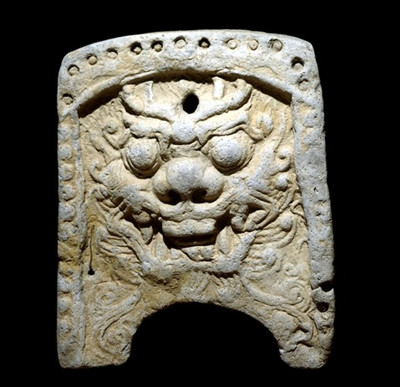If, in the course of today, you use a mobile phone, drive a car or watch TV, or if you find your children playing with their robot pet, the chances are that at least one of these objects will have been made in Korea. As we all know, Korea is one of Asia's "tiger" economies, provider of high technology to the world. We tend to think of it as a new player on the global stage - but that of course is not how Koreans see themselves, for Korea has always been pivotal in relations between China and Japan, and it has a long tradition of technological inventions. It was Korea, for example, that pioneered moveable metal type, and it did it so well before it was invented in Europe. Besides its technology, the other thing that we all know about Korea today is that, since the end of the Second World War in 1945, it has been bitterly and dangerously divided between a communist north and a capitalist south.
手機、電視、汽車,如果你使用這些產品,或者和你的小孩子一起玩耍的機器寵物,很可能其中至少有一件來自韓國。韓國是亞洲經濟四小龍之一,一個高科技產業國家。人們可能會把它當作國際舞臺上的新成員,但他們自己可不這么認為。朝鮮半島一直在中日關系中扮演重要角色,他們在科技創新方面也有悠久的歷史。比如,他們最早創造了金屬活字,遠早于歐洲。除科技外,大家對他們 最熟悉的一點,可能是自一九五三年朝鮮戰爭結束以來,朝鮮半島就被迫分為兩個國家,北邊的共產主義朝鮮和南邊的資本主義韓國。
Today's object takes us to Korea around the year 700 AD, to a state, newly unified, that was enjoying great prosperity. To a moment in its history that is inevitably now read differently by north and south, but is still central to any modern definition of Korean identity.
這片瓦當來自公元七百年左右的新羅,當時這個剛統一不久的國家正處于經濟繁榮時期。這段歷史如今在朝鮮和韓國有著不同的解讀方式,但它仍然是全體朝鮮人現代民族認同感的核心。












